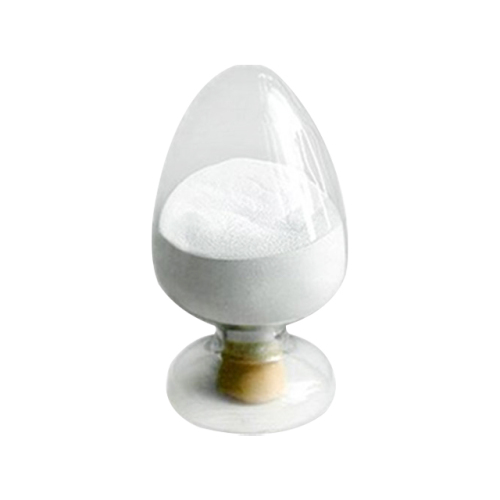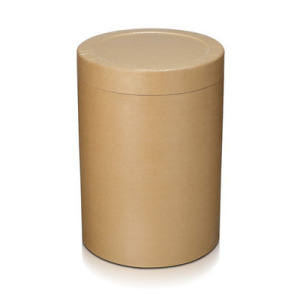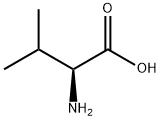L-Valine
Product Name: L-Valine
Other Names: (S)-(+)-Valine, L-2-Amino-3-methylbutanoic Acid, H-L-Val-OH
Properties: White crystal or crystalline powder. No odor and special bitter taste. Soluble in water, insoluble in ethyl alcohol, ether, acetone, chloroform.
CAS: 72-18-4; Molecular Formular: C5H11NO2; Molecular Weight: 117.15

Uses: As an essential amino acids, L-valine is widely used as nutritional supplement and drug for the treatment of hepatic failure, disturbance of central nervous system. It is also widely used as chiral source in organic synthesis and a building block in pharmaceutical products. With utmost purity, L-valine can be used in the production of pharmaceutical products and protected intermediates such L-valine methyl ester hydrochloride, Cbz-L-valine, Boc-L-valine.
Package: Fiber drum with two layers of polyethylene bags , 25Kg/Drum,or according to customer's request
Storage: Store in well-closed container, protect from sunlight. Valid for 2 years
Transportation: Handle with care. Non-toxic. Do not transport with harmful goods.
Valine is one of twenty protein amino acids. From a nutritional point of view, valine is also an essential amino acid. Its English name valine is named after valerian, and its Chinese name is also called valine. Its codons are guu, Gua, GUC and GUG. It is a nonpolar amino acid. In sickle cell disease, valine in hemoglobin replaces the hydrophilic amino acid glutamate: because valine is hydrophobic, hemoglobin cannot fold correctly. Valine is completely electrically neutral. When its side chain is also neutral, and the charge generated by its amino and carboxyl groups is just balanced, this molecule is called zwitterion. Food sources rich in valine include white cheese, fish, poultry, cattle, peanuts, sesame seeds and shore beans.It is used in medicine as one of the components of amino acid infusion, and can also be used as a nutritional supplement
IUPAC
(2R)-2-amino-3-methylbutanoic acid































